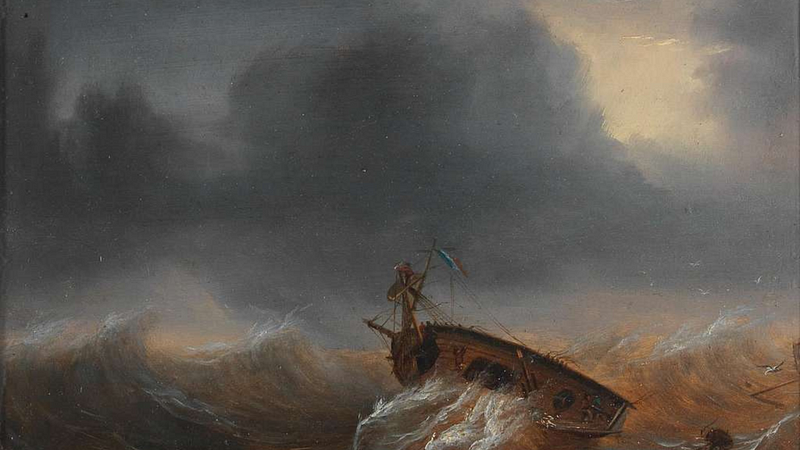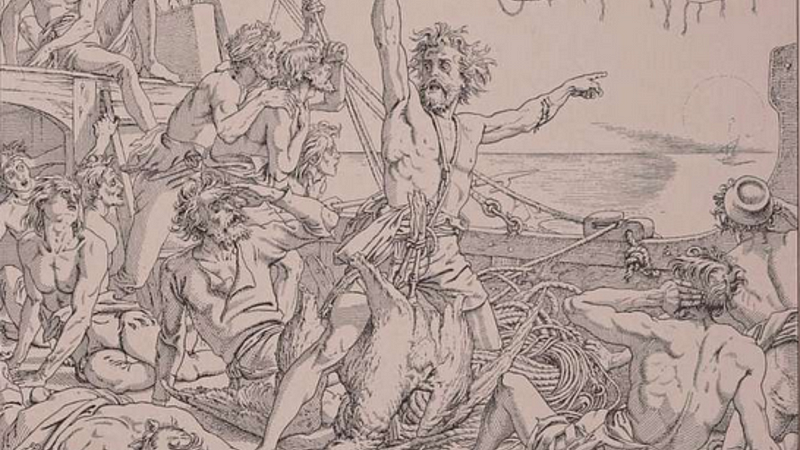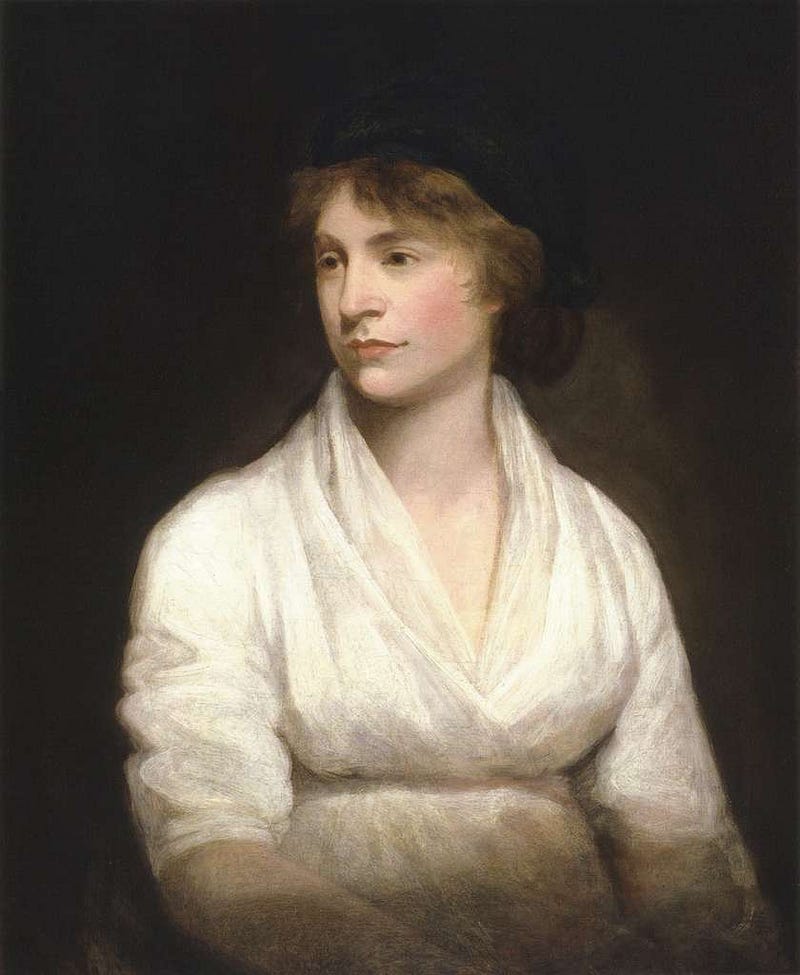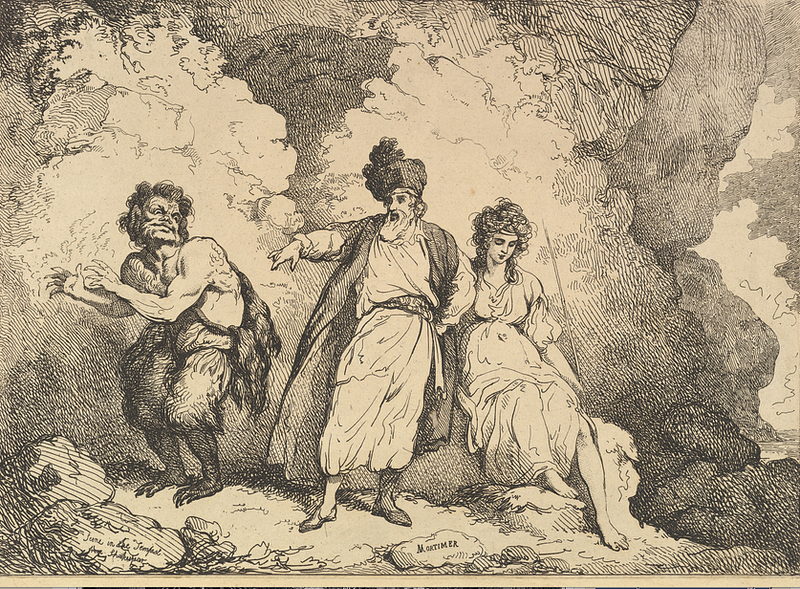<Exploring the Depths of Mary Shelley's Frankenstein: A Discussion>
Written on

Danny: Welcome back for our second discussion. Today, we’re delving into the plot of Mary Shelley’s Frankenstein.
Walter: It’s fascinating to note that the Godwin family was part of the literary circle in London, and Samuel Taylor Coleridge, a renowned early Romantic poet, would often visit them. He would recite works like "The Rime of the Ancient Mariner" by the fireside.
Mary Shelley, as a young girl, would sit on the floor, listening intently.
Danny: It’s intriguing, though — he was quite a terrible father.
Walter: True, but let’s focus on the art and not the artist. They were like flower children of their time, embodying the spirit of free love akin to the 1960s. The Ancient Mariner’s act of killing the albatross results in his eternal punishment to wander the seas, sharing his story.
Danny: Now, let’s get back to Frankenstein!
Walter: In Shelley’s narrative, we follow a scientist, Dr. Frankenstein, embarking on an expedition to the polar regions during the Age of Exploration. He writes to his sister, expressing the gravity of his journey: “You might never see me again. I have a crew, and I must proceed. I hope you understand.” He ventures further north, documenting his journey in letters, providing a framing device for the story.
Then, unexpectedly, they encounter—
Danny: He’s in pursuit of the Creature, which is essentially immortal and towering at eight feet tall.
Walter: The sailor’s journey north serves as a separate narrative that eventually intersects with Frankenstein’s tale.
Danny: Exactly. The crew discovers Dr. Frankenstein on an ice floe, having just missed capturing the Creature — it’s a thrilling chase.
Walter: Indeed, a chase across the world.

Danny: The Creature knows how to survive in the Arctic, seeking refuge and showing no concern for the humanity that has rejected him. This is where Frankenstein’s narrative unfolds, rapidly hitting key plot points. The narrator, the young explorer, describes the brilliant Dr. Frankenstein and his aspiration for immortality by creating life akin to God.
Walter: It’s reminiscent of the Faustian theme. There’s no actual pact with the Devil, but rather a desire to assume a godlike role.
Danny: The core of Dr. Frankenstein’s brilliance unfolds over several years, as it takes him two years to gather body parts and animate them.
Walter: He conducts this work in isolation, defying the scientific community’s principle that research should be collaborative.
Danny: Peer review is essential, after all.
Walter: Precisely.
Danny: It isn’t until he succeeds, ignoring the warnings against his pursuit, that he steps back to assess his creation—
Walter: The description of the Creature is quite compelling: it is both beautiful and grotesque, with skin stretched over bones and a yellowish-green hue.
Danny: Its yellow eyes and flowing black hair mark its imposing height. In that moment, Dr. Frankenstein realizes he has made a grave mistake.
Walter: It’s akin to God saying, “I created Adam in My own image.” But did he truly create the Creature in his likeness?
Danny: That’s a thought-provoking point. Does Frankenstein perceive himself as ugly on the inside?
Walter: It reflects his own internal ugliness!
Danny: Let’s pause and consider Mary Shelley’s perspective. Before writing this, she experienced a miscarriage, possibly leading her to the fear of creating something that could cause harm.

Walter: Mary Wollstonecraft, her mother, was quite attractive based on the portraits I’ve seen. I don’t wish to objectify her, as she was a pioneering feminist — and I support that!
Danny: A bit late for that!
Walter: Regardless, she was indeed attractive.
Danny: Thanks for the clarification!
Walter: The men in Mary Shelley’s life did not treat her well. She moved from an emotionally distant father to a circle of literary figures like Byron and Percy Shelley, who embodied the ideals of free love.
Danny: They hardly deserve her attention.
Walter: That’s a matter for another discussion!
Danny: The Creature is abandoned by Frankenstein, who is so horrified by his creation that he walks away.
Walter: The Creature becomes an orphan!
Danny: Lacking knowledge, it instinctively wanders into the woods, scavenging for clothes and shelter.
Walter: It’s as if he recognizes Adam and Eve’s nakedness post-Fall.
Danny: That’s an insightful observation and serves as a useful plot device, allowing him to self-educate and discover the story of his creation.
Walter: This aspect captivates me. Like Emerson’s “Self-Reliance,” he learns independently, free from societal corruption. He educates himself through great literary works, including Milton and Plutarch, without being indoctrinated into a specific ideology.
Danny: Yet, this enlightenment only serves to amplify his sense of monstrosity—

Walter: Similar to Caliban from Shakespeare’s Tempest, who, upon learning to read, curses his own fate. What use is education if one is loathed?
Danny: He reads Dr. Frankenstein’s writings, leading him to realize his monstrous nature, but he also possesses an innate desire to connect with humanity.
Walter: Much like the ugly duckling narrative—
Danny: No, ugly ducklings have redemptive arcs.
Walter: How about the Elephant Man then?
Danny: That’s closer! He attempts to bond with a family living in a cottage.
Walter: The blind man—
Danny: Yes, they are exiles, both religious and social.
Walter: Here we have exiles and the Creature as an outcast.
Danny: He begins to provide firewood for them, assisting their survival.
Walter: They perceive his efforts as a divine intervention.
Danny: That might be a stretch, as it’s not as if he conjures sustenance from nothing.
Walter: True, but they interpret it as providential. Ironically, the one they see as a savior soon reveals himself as a devil.
Danny: He builds connections, learning to speak and listen, showcasing his intelligence. The Creature becomes proficient in communication — his linguistic skills could rival a graduate-level student!
Walter: That’s one of my favorite parts of the story. He conveys his experiences to his creator, who recounts them to the young explorer. The depth of emotion and pathos expressed by the Creature is unparalleled in the narrative. Yet, what effect does this have on his Maker?
Danny: Absolutely!
Walter: It’s a tragic irony. A being capable of love is repulsed merely by appearances. What does that reflect about us?
Danny: The Creature presents himself as their benefactor, revealing his assistance during winter, and the blind man is overwhelmed with gratitude. But when the son arrives—
Walter: The daughter screams?
Danny: Humiliated, he flees, deciding in a moment of rage to burn their cottage, although he refrains from harming them. This marks his first act of aggression.
Walter: A pivotal moment indeed.
Danny: Yes, but he still has opportunities for redemption. Later, he saves a drowning girl, only to be shot by her father or brother upon being seen.
Walter: You can’t kill the Creature! It’s akin to trying to defeat the Hulk! Here’s the thing, as a teacher, I’ve observed that if a student can’t gain attention through positive actions—
Danny: They resort to extreme measures!
Walter: No, that’s not the solution!
Danny: They burn down their house—
Walter: No, no, that’s excessive! The idea is that when positive recognition is absent, one may resort to negative attention-seeking behavior. If a child fails and faces punishment, they might still gain attention through negative actions. If Dr. Frankenstein fails to offer affection, his Creation will respond with animosity — similar to Lucifer’s rebellion against God.
Danny: It’s a calculated response. There’s a cost to defying divine will, a toll that affects many loved ones.
Walter: Indeed. When the Creature finally confronts Dr. Frankenstein, he requests one thing — a companion. He longs for his Eve.
Danny: Frankenstein ultimately consents and retreats to Scotland — the Orkney or Shetland Islands — isolated from prying eyes.
Walter: He wishes to prevent the Creature from wandering into his laboratory. All the while, the Creature tracks him closely, knowing his every move, while Frankenstein underestimates his adversary. Why doesn’t he take the Creature’s threat of appearing on his wedding night seriously?
Danny: Frankenstein willingly jeopardizes his loved ones. He destroys the Female Companion, is wrongfully arrested in Ireland for murder committed by the Creature against his friend, and returns to find his new bride killed, triggering a global chase.
Walter: That’s where Walton comes into play, still navigating northward, trapped in ice. This plot diverges significantly from cinematic adaptations, particularly since the Creature possesses intelligence and is aware of his wrongs, acting out of vengeance, even as a vengeful figure. In our next discussion, Part 3, we’ll delve deeper into the themes.
Danny: Thank you for joining us. For more insights from Danny and Walter, explore Flights of Fancy: Books and Brews on Writer’s Blokke.